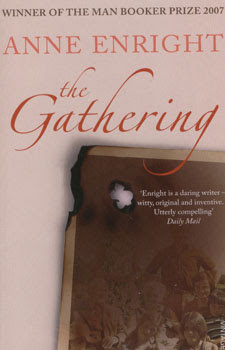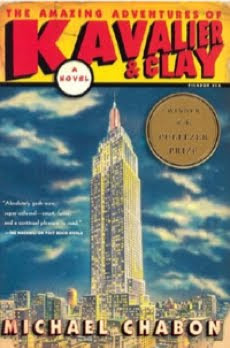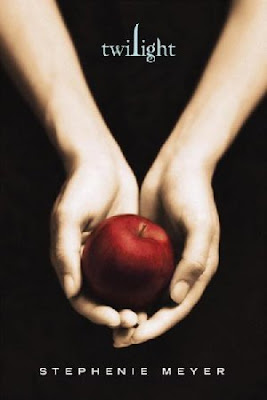The truth is – given a choice between blogging or reading, I chose reading.
The ugly and embarrassing truth is that given the choice between reading and playing with my Facebook games, I chose the one with the least cerebral exertion. Facebook is the quicksand of my waking hours. Yes, I’m proud to say I now occupy the number one slot in Mall World; I’ve closed the gap between my sister and me in Farmville; and there are weeks when I come close to toppling the Family Feud King Czar. To achieve such progress, something‘s got to give, and that’s why my blogging life is in shambles. My other blogs are still covered with a dense layer of cobwebs. And I’m behind in my 70-book challenge.
It’s not that I never thought of this blog. So many times, I found myself blogging in my head. If only one can upload one’s thoughts into blogspot through the process of staring at the computer.
Though not as diligent as I want to be with my book activities, I remain a booeek (book geek — I just made that up.) immersing myself in bookish matters. Flipping pages. Falling more in love with books.
Last night, we had our unofficial discussion of the Hunger Games trilogy. Though the discussion was declared unofficial, our moderator Jan Ruiz took her role like a career tribute (kinareer) and prepared the most stimulating discussion questions presented fabulously through Keynote. Stylish transitions that would make Plutarch and his propos gang proud. And we even received bookmarks depicting District 13; thanks Peter and Rhett! 3 designs to choose from! Woohoo.
And then there was the Filipino Book Bloggers’ meet-up. I arrived late and left early, so I have nothing much to report. It’s a good thing Michelle presented an excellent reportage of the event. This group promises to be another way for Pinoy book readers to have a voice to reach out to book suppliers (publishers, retailers, etc.)
Oh yes, I have to mention here the Future of the Book Publishing Conference. Again, I wasn’t there for the whole event. So you’re better off reading the update from someone who was. Honey did a splendid job of summarizing the event highlights. I was one of the speakers, sharing my experience with online social networks for the bookish. Of course, I was more than a little nervous and intimidated having to speak in front of academics and people who are part of the publishing industry. Smart, scarily serious people. And I was presenting what can be construed as fluff since not one philosopher or theoretical framework was cited. But I immensely enjoyed the experience because I was talking about something close to my heart — Flips Flipping Pages, the community that has made my reading life so much richer.
I’m still not used to blogging again. Do you hear the sound of my rusty joints?
So there. I’m back, book blog.








